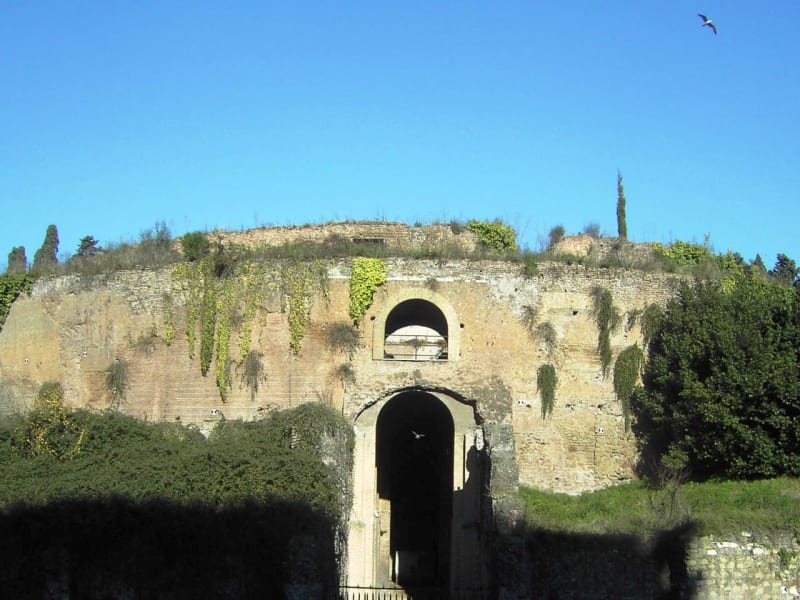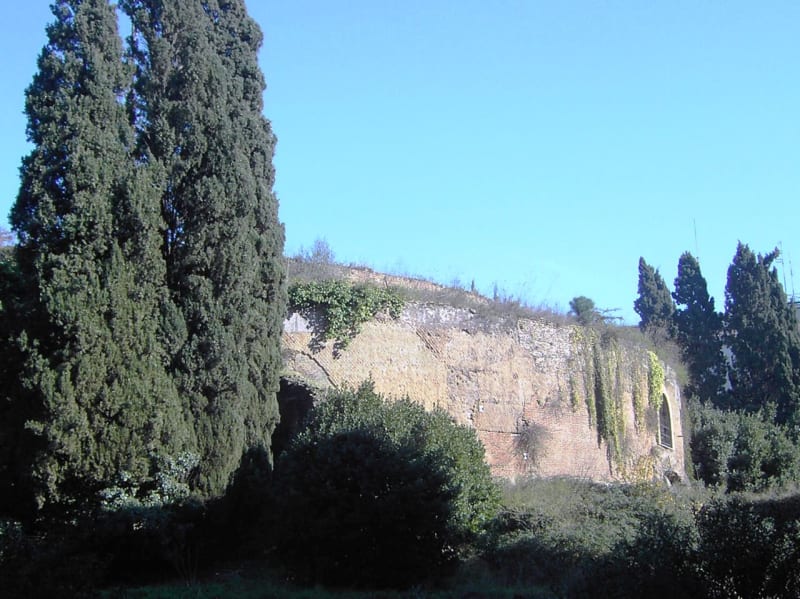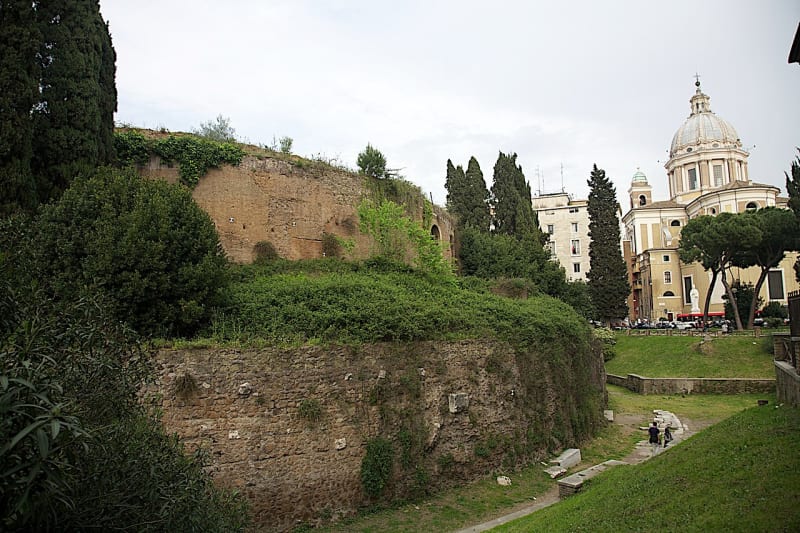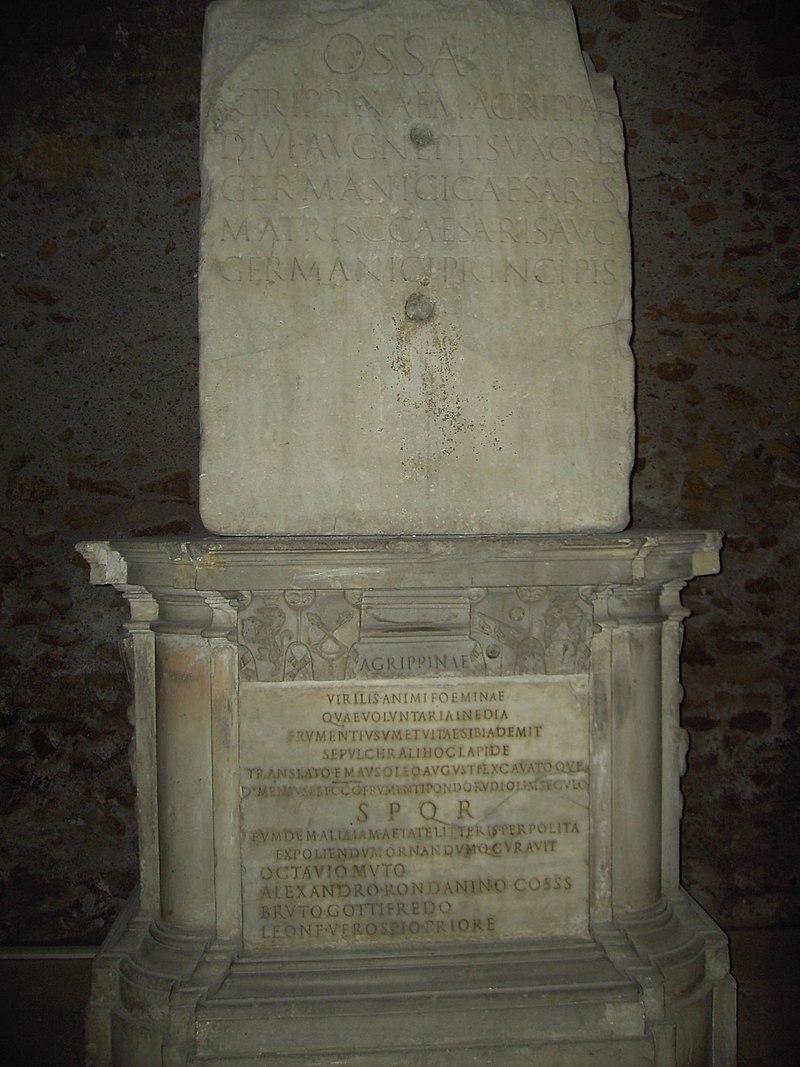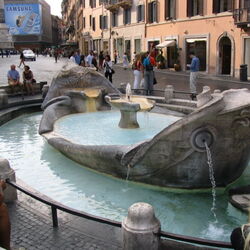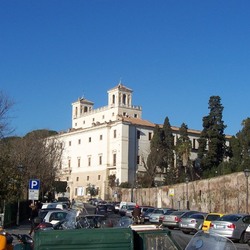Mausoleum of Augustus
The Mausoleum of Augustus, the huge tomb of the emperor, appeared in Rome in 28 BC and still retains its majestic appearance. Over its long history, the mausoleum has seen lavish burials and gloomy periods of looting, complete oblivion and renewed interest. The mausoleum has been open to visitors since 2021, and visitors from all over the world come here.
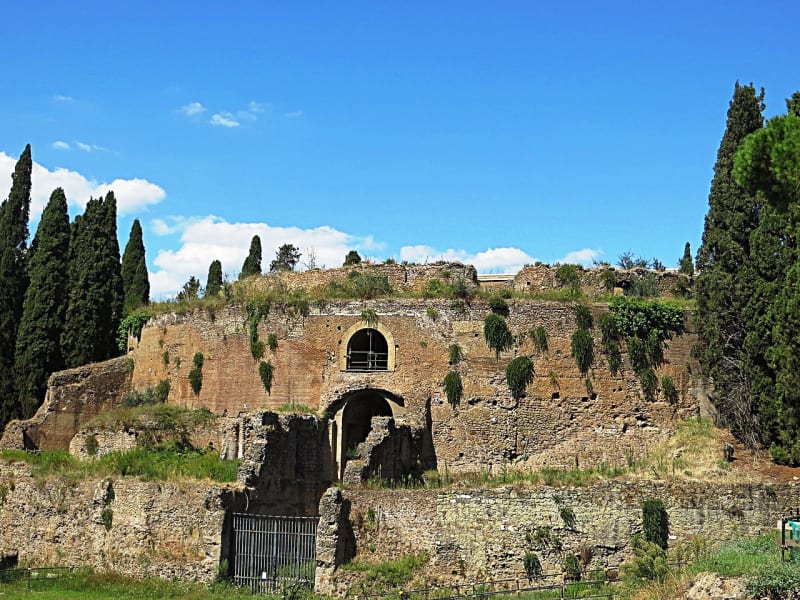
The history of the Mausoleum of Augustus
It is believed that the monumental structure was conceived by Emperor Augustus at a fairly young age. The great ruler of the Roman Empire was not in good health, so he took care in advance to perpetuate his own name and create a room for storing the remains of the descendants of a glorious family. Some historians claim that the emperor came up with such an unusual idea for the Romans after visiting the tomb of Alexander the Great in Egypt.
The ashes of the deceased were to be kept in magnificent golden vases, and the mighty structure was to become a vivid reminder of the power of the Julius-Claudius family. But history reasoned differently. The seemingly indestructible Roman Empire fell under the onslaught of the Visigoth barbarians, who did not greatly worship the memory of the dead and, without worrying for long, stole the golden vessels for sale, stealing everything they could from the walls, floor and ceiling of the Mausoleum of Augustus.
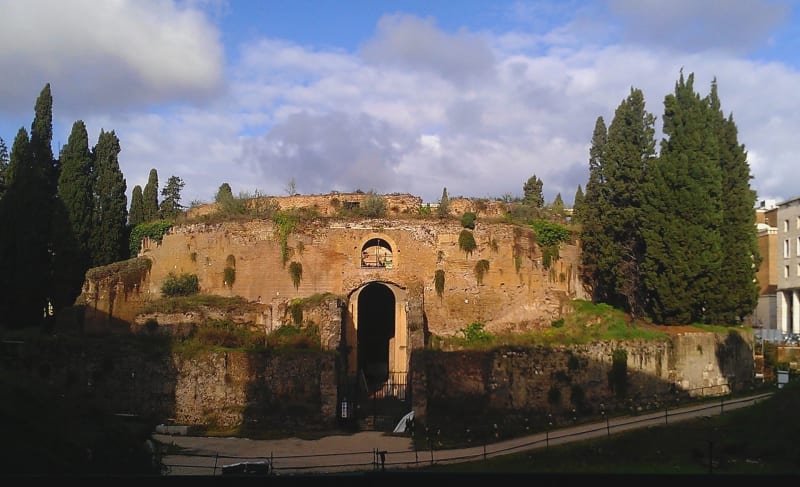
Construction features
The robbers left the building of the Mausoleum of Augustus as a building of little value. A little later, the structure was turned into a fortress, which regularly performed its functions until the 12th century, when it was destroyed during another internecine war. The magnificent building was slowly falling into disrepair, becoming periodically an arena for bullfights, a venue for performances by traveling artists, a habitat for dubious personalities and girls of light behavior.
In the Middle Ages, the unusual building of the Mausoleum of Augustus was slightly excavated to become part of the wall surrounding Cardinal Soderini Park, and in the middle of the XVIII century, fireworks were launched from it for the amusement of all the inhabitants of the Eternal City. At the beginning of the twentieth century, the ancient building was closed with a dome and a huge concert hall with 3,500 seats was organized. A couple of decades later, during excavations on the Champ de Mars, archaeologists managed to prove that the tomb of the imperial family was located under a multi-meter layer of earth. Mussolini was very interested in this information, and ordered the restoration work to begin. In his opinion, this was supposed to be the beginning of the rebirth of a new world empire. But it didn't. Already in the 21st century, the building was once again restored, and even opened for one day to the public. However, after that it was closed again. Currently, the architectural monument can be visited by pre-registering on the website.
Short description
The unusual building was not very striking in luxury, resembling the laconic forms of Etruscan burial grounds. The Mausoleum of Augustus was based on a cylindrical structure with a diameter of just under 90 meters and a height of just over 40 meters. There was a burial chamber with urns at the back. The building was dominated by an earthen hill lined with evergreens, and on top of the hill once stood a statue of the building's customer: Emperor Augustus. There was a stone terrace with light columns next to the mausoleum, and the entrance to the building was marked by obelisks representing the victory over Mark Anthony and Cleopatra. There were also bronze plates that served as a chronicle of Augustus' life. Today, only picturesque ruins remain of its former greatness.

